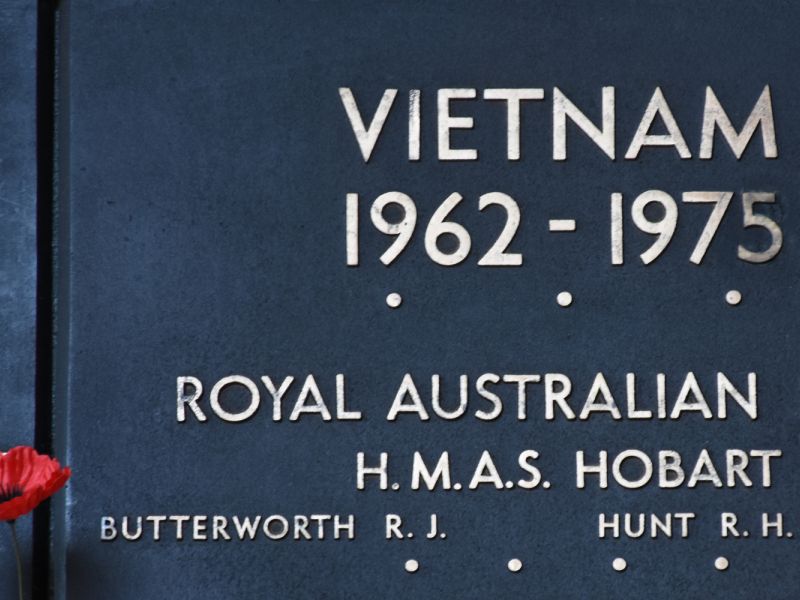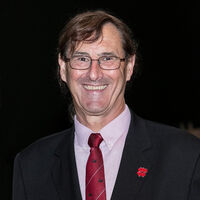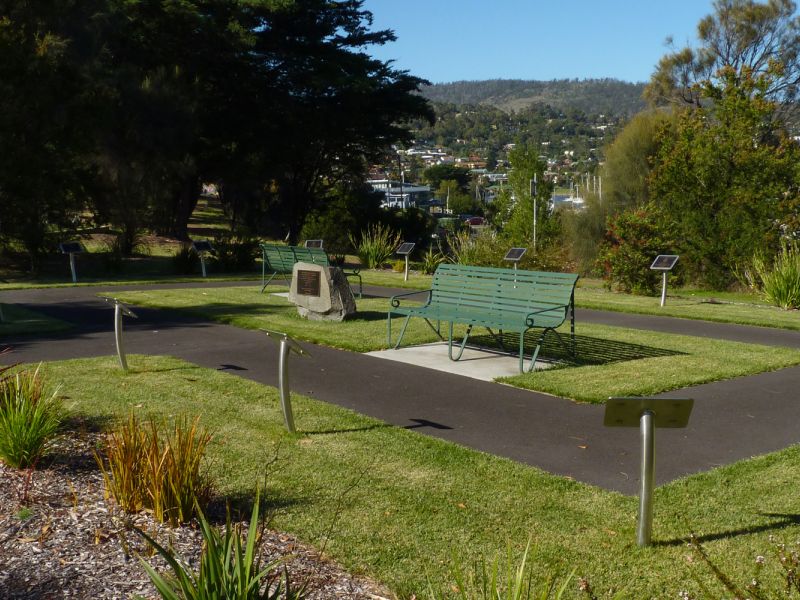Friendly Fire
The names on some war memorials around Australia include those who have died as a result of fire not from enemy forces. Sometimes called ‘friendly fire’, deaths of this type have always been part of warfare and the advance of technology may have reduced the number, but it can never be eliminated. Those are the vagaries of war.
Such was the case of a young man whose name appears on a plaque in the Lindisfarne, Tasmania Vietnam Remembrance Precinct. Ordinary Seaman Raymond John Butterworth was born in London, England on the 4th of August 1949. He joined the Royal Australian Navy from Risdon Vale, Tasmania in June 1967 and undertook basic training before qualifying as a Quartermaster Gunner.
After training he was posted to the guided missile destroyer HMAS Hobart (II), which deployed to Vietnam for her second tour of duty in March 1968.
Three months later, in the early hours of the morning of the 17th of June 1968, HMAS Hobart was engaged in surveillance of a North Vietnamese radar monitoring station on Tiger Island, east of Cap Lay, just north of the Demilitarised Zone (DMZ). Ordinary Seaman Hunt was on lookout duty on the port side of the flagdeck, above the ship’s bridge. At about 3 a.m. the ship’s radar detected an aircraft approaching from the vicinity of Cap Lay. The Identification Friend or Foe (IFF) of the United States Air Force (USAF) F-4 Phantom fighter indicated ‘friendly’ and the bridge crew of HMAS Hobart were attempting to contact it when it fired a missile that struck amidships on the starboard side. Shrapnel from the missile killed Ray Butterworth at his post and wounded two other sailors.
Hobart's crew ran to take up their action stations as the aircraft returned to fire two more missiles. During this second attack another sailor, Chief Electrician Raymond Hunt was also killed. Several other sailors were injured. When the aircraft appeared to be turning for a further attack run the crew of Hobart's forward 5-inch gun fired five rounds in local control. The aircraft turned away and was lost to radar south of Tiger Island.
A subsequent enquiry into the incident revealed that HMAS Hobart was one of several ships mistakenly attacked by aircraft of the US 7th Air Force on the nights of 16-17 June. The enquiry determined that due to the darkness, the pilots of the aircraft mistook the radar pictures of the ships as enemy helicopters.
Ordinary Seaman Raymond Butterworth was buried in Cornelian Bay Public Cemetery, Hobart, Tasmania and his name can be found on panel 4 of the Post 1945 conflicts section of the AWM Roll of Honour.
The bridge and one of the 5-inch guns from HMAS Brisbane, Hobart’s sister ship, are on display at the Australian War Memorial.
Sources:
https://www.navyhistory.org.au/17-june-1968/
http://www.navy.gov.au/hmas-hobart-ii
http://www.navy.gov.au/biography/ordinary-seaman-raymond-john-butterworth

 Henry C Moulds
Henry C Moulds